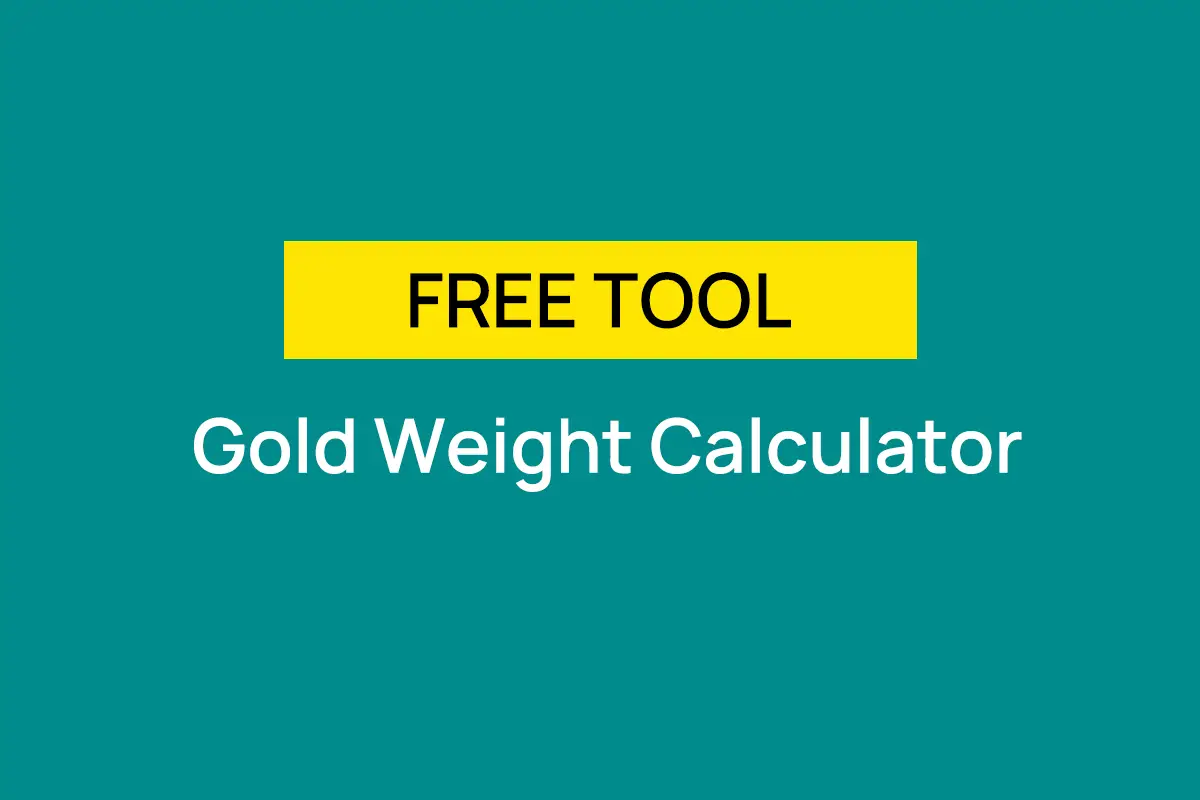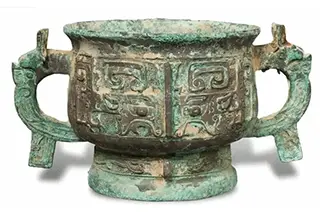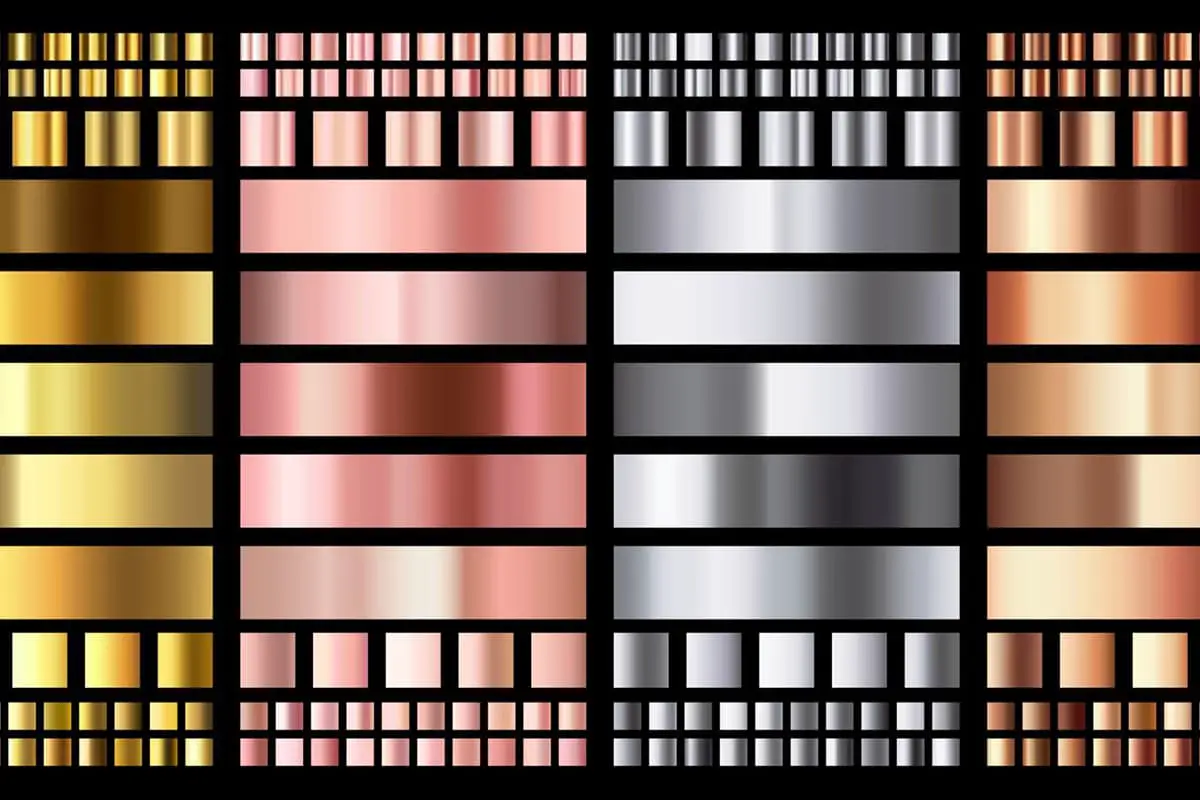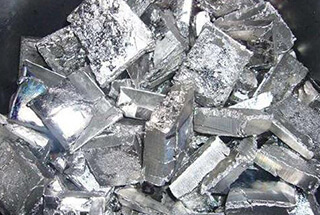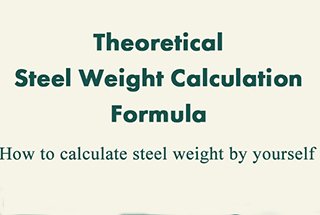
Have you ever wondered how the weight of a silver block is calculated? This article will unravel the mystery behind measuring silver using volume and density. By the end, you’ll understand how to convert these measurements into standard troy ounces used in precious metal markets. Get ready for a fascinating journey into the world of silver!
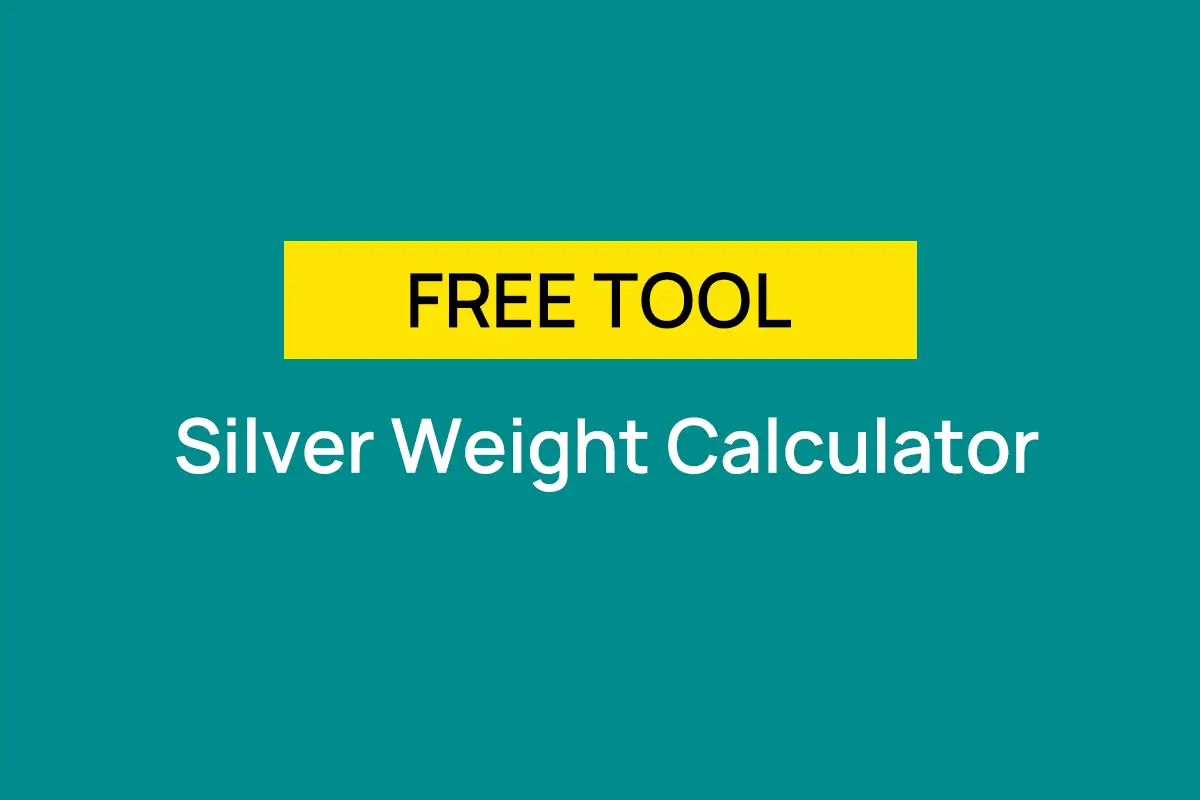
The method to calculate the weight of a physical block of silver is based on its volume, with the specific formula being:
Weight of Silver (kg) = Length (cm) × Width (cm) × Height (cm).
This formula applies to any shape and size of a physical silver block, as long as you measure its length, width, and height, you can calculate its weight using this formula.
Additionally, a common weighing method used in the international precious metals and gem market is the Troy system, where one ounce is approximately equal to 31.10 grams.
This implies that for international transactions or understanding international market prices, the weight of silver needs to be converted into ounces to align with international standards.
The density of silver is approximately 10.5g/cm³. According to the definition of density, it represents the mass per unit volume and can be calculated using the formula ρ = m/V, where ρ is the density (units: g/cm³ or kg/m³), m is the mass of the object (units: g or kg), and V is the volume of the object (units: cm³ or m³).
Therefore, to calculate the weight of silver based on its density, you first need to know the volume of the silver, then use the above formula for calculation. For instance, if the volume of a silver object is 1cm³, then its weight would be 10.5g.
This silver weight calculator is based on a silver density of 10.49g/cm³. If the density of your silver is not this value, you can enter your own metal density in the metal density input box.
Furthermore, you can refer to the metal density table to find the corresponding density values. For more calculations on metal weight, you can use our metal weight calculator.
Below are answers to some frequently asked questions:
To calculate the value of your silver using a weight calculator, you need to follow these steps:
First, accurately measure the weight of your silver item. The weight can be in grams, kilograms, or troy ounces. Next, determine the purity or fineness of your silver, which could be 99.9% (fine silver), 92.5% (sterling silver), or 90% (junk silver coins). Then, find the current market price of silver per troy ounce or per gram from reliable sources such as commodity price websites or financial news outlets.
For pure silver or bullion, enter the total weight of the silver and use the formula: Silver Value = Spot Price Weight. For instance, if you have 100 grams of pure silver and the spot price is $0.50 per gram, the value would be 100 grams $0.50/gram = $50.
For sterling silver or other alloys, calculate the pure silver content by multiplying the total weight by the purity percentage. For example, if you have 480 grams of sterling silver (92.5% pure), the pure silver content would be 480 grams 0.925 = 444 grams of pure silver. Then, use the spot price to find the value: 444 grams Spot Price per gram.
For junk silver coins, determine the silver content of the coins. For example, a junk silver quarter contains 0.1808 troy ounces of silver. Multiply the silver content by the spot price: 0.1808 troy oz Spot Price per troy oz. Alternatively, if the coins are sold by face value, use the formula: Silver Value = Spot Price (Face Value * 0.715) for 90% silver coins.
Using online calculators can simplify this process. Enter the weight and purity of your silver into the calculator, and it will automatically use the current spot price to calculate the value of your silver.
For example, if you have 100 grams of 92.5% sterling silver and the current spot price is $0.50 per gram, calculate the pure silver content: 100 grams 0.925 = 92.5 grams. Then calculate the value: 92.5 grams $0.50/gram = $46.25.
By following these steps, you can accurately calculate the value of your silver using a weight calculator.
When using a silver weight calculator, you can utilize various measurement units to ensure precise and convenient calculations. The primary units include:
Additional units and conversions that might be available include:
These calculators typically allow you to input the silver weight in any of these units and will provide the corresponding value based on the current market price and silver purity. This flexibility helps in accurately estimating the value of silver holdings.
The frequency of silver price updates varies depending on the platform:
To use a silver weight calculator effectively for deciding on buying or selling silver items, follow these steps and consider the following key points:
First, input the necessary data into the calculator. Start with the weight of your silver items in your preferred unit of measurement, such as grams, ounces, or troy ounces. This is essential as the weight directly affects the calculated value. Next, specify the purity of the silver. Common purities include fine silver (99.9%), sterling silver (92.5%), and other alloys. This information helps in calculating the actual silver content. Update the calculator with the current market price of silver per unit, which can be found on reliable financial news websites or live updates from the calculator.
Using the calculator involves a step-by-step process. Input the current market price for silver if it is not pre-filled. Choose the measurement unit from the available options and enter the amount of silver you have for each category, such as coin, sterling, or fine silver. The calculator will then provide various estimates, including the total weight, estimated fine silver content, estimated payable silver content after refining deductions, and the estimated value per unit.
Interpreting the results, the calculator will display the total estimated settlement value, price breakdown per unit, and a target purchase price based on your desired profit margin. This helps in understanding the potential value of your silver items and making informed decisions about buying or selling. It is important to note that these calculators typically do not factor in the intrinsic or collectible value of rare items or branded jewelry.
When selling scrap silver, consider the refining process and lot size, as these can affect the payout percentages from refiners. Stay informed with current market prices and trends to ensure accurate and recent data. Use calculators from reputable sources to get reliable estimates and look for refining services that offer quick settlements to maximize returns.
By following these steps and considering additional factors, you can effectively use a silver weight calculator to make informed decisions about buying or selling silver items.
In the Troy system, silver is defined based on the unit of a Troy ounce, where one Troy ounce equals 31.10 grams. This weight unit is primarily used for precious metals, especially in the measurement of metals like gold and silver. In contrast to other weight units, such as the avoirdupois ounce, the Troy ounce differs in weight.
An avoirdupois ounce equals 28.35 grams, while the Troy ounce is designed to be slightly heavier due to its specific application in precious metal trading and measurement, catering to the needs of such transactions.
There are several ways to accurately measure the length, width, and height dimensions of a physical silver block in actual transactions:
Use OpenCV for image processing:
First, the findContours function of the OpenCV library can be used to identify and track the contours of an object. By using a known object (such as a coin) as a reference, the actual size of the object in the picture can be calculated based on the ratio of its actual size to pixel size.
This method is suitable for situations with clear image data, but it should be noted that the shadows in the picture may affect the accuracy of the contour, and the shooting angle needs to be perpendicular to the object to improve the accuracy of the measurement.
Online ruler calibration:
Another method is to use an online ruler tool. These tools allow users to calibrate according to actual size, supporting units such as centimeters, millimeters, and inches.
To ensure the accuracy of the measurement, it is recommended to calibrate the online ruler first to adapt to the display precision of the specific device.
Traditional measurement methods:
For situations without image data or requiring higher accuracy, traditional measurement methods can be used.
For example, using a right-angle ruler along one side of the object against the object and the table, then placing paper on the table and drawing lines, after which the paper is scanned into the computer, and the CAD software is used for scaling and redrawing to obtain the accurate dimensions of the object. Although this method is more cumbersome, it can provide more accurate measurement results.
To process and convert solid silver blocks of different shapes and sizes into standard weights under the troy system, it’s first necessary to understand the concept of a troy ounce.
A troy ounce is a unit of measure specifically used for gold and other precious metal commodities. This means that when we convert solid silver blocks into standard weights under the troy system, we are actually converting non-standard solid silver blocks into a unified standard unit – the troy ounce.
The specific steps are as follows:
Measure the volume of the solid silver block: First, use appropriate tools (such as electronic scales, calipers, etc.) to accurately measure the volume of the solid silver block. This step is crucial for subsequent weight conversion.
Determine the density of the solid silver block: Since the density of silver is about 10.5 grams/cubic centimeter (this value may vary depending on purity), we need to determine its density based on the specific conditions of the solid silver block. If the purity of the solid silver block is known or can be looked up, you can directly use the corresponding density value for calculation.
Calculate the weight: Using the relationship between volume and density (volume = mass/density), you can calculate the mass of the solid silver block. Then, convert this mass into troy ounces. Since 1 troy ounce equals 31.1035 grams, simply divide the obtained mass by 31.1035 to get the corresponding number of troy ounces.
Record and report: Finally, record the converted number of troy ounces and report it to the relevant parties as required. In the fields of financial trading, investment management, etc., it’s generally required to report the weight of metals in troy ounces.
It’s important to note that the above process assumes a fixed density for silver. In reality, due to factors such as purity and processing techniques, the density of silver may vary. Therefore, when performing actual operations, adjust the use of density values according to specific conditions.

